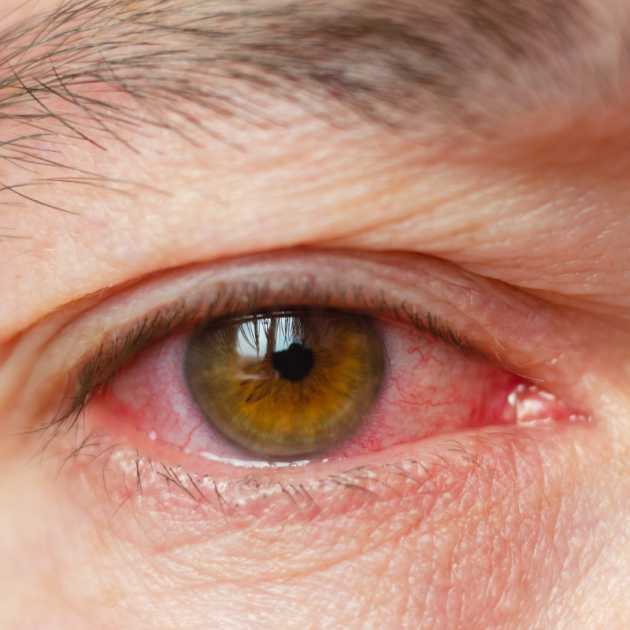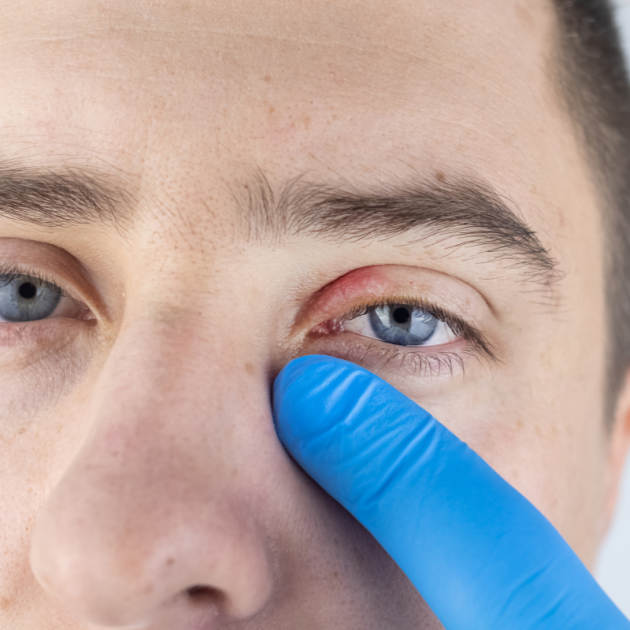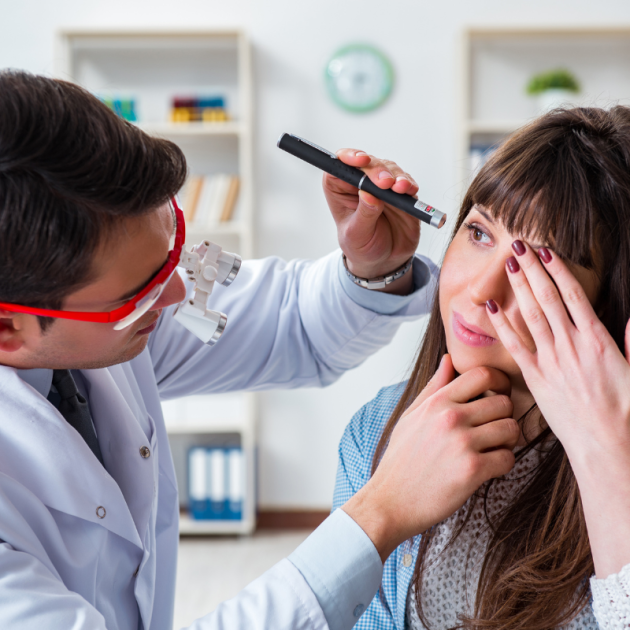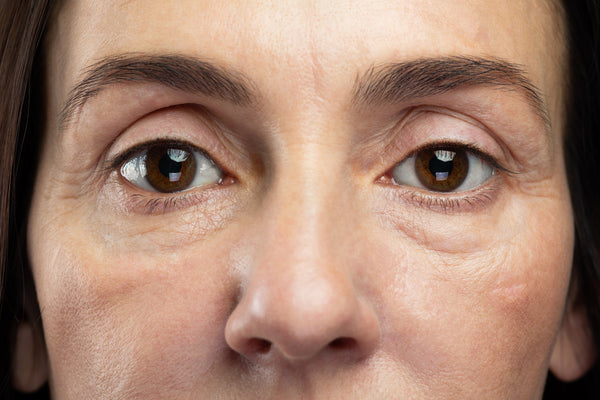
Types of eye pain
Many people will have eye pain at one point or another. Frequently, it’s nothing to worry about but some eye pain can be an indication of something more serious. It’s therefore important to figure out what kind of pain it is so you can narrow down a potential cause.
Stabbing pain in the eye
Stabbing pain feels sudden and sharp, often coming on suddenly and going away just as fast. It is often repetitive and reoccurs multiple times.
Sudden sharp pain in the eye
Sharp pain is a sudden and intense bout of pain. It can be caused by foreign objects in your eye such as dirt or dust.
Throbbing eye pain
Throbbing eye pain feels like recurring achy pain. It can also feel like it pulses or pounds and can indicate swelling of inflammation. Although it can feel less severe than sharp or stabbing pains, it’s important to check with your optometrist if you have throbbing pain.
Pain in the eye and temple

Some types of headaches can also cause eye pain. Things like cluster headaches can cause pain, swelling, light sensitivity, constricted pupils and eye redness.
If you have eye pain that doesn’t clear up quickly, make an appointment with your optometrist to have it looked at, as there are many conditions that can cause lingering pain in your eye.
Causes
There are a variety of reasons behind different types of eye pain. But no matter what you suspect the cause to be, if it doesn’t resolve quickly with self treatment, it’s important to have an examination with an optometrist to identify the cause. At Leightons Opticians & The Hearing Care Partnership, we offer an Emergency Eye Examination service to ensure your eye pain has nothing to do with sight issues or more serious underlying conditions.
Foreign object
One of the most common types of eye pain is caused simply by having something in your eye. Whether it’s an eyelash, dust, pollen, or makeup, foreign objects can cause irritation, wedness, watery eyes, and pain.
Dry eyes
Dry eye syndrome is another very common cause of eye pain. It’s caused by your eyes not producing tears of enough quantity or quality and can feel like your eyes are gritty, rough, or overly watery.

Blepharitis
A condition that causes your eyelids to become itchy and swollen. It is another very common condition that can cause painful eyes but is easily treated by gently cleaning your eyelids every day.
Injury
An injury to your eye will definitely cause pain and should be treated as an urgent issue to ensure you keep the function and vision of your eye intact as much as possible. Emergency eye care should be performed by a professional as soon as possible.
Corneal abrasion
A scratch or scrape on the cornea. They can be painful but often clear up on their own. But you might be prescribed an antibiotic ointment or drops to help reduce the risk of infection while the injury heals.

Contact lens irritation
Contact lenses that are dirty or don’t fit well can cause pain in your eyes. Wearing contact lenses longer than prescribed or not replacing them when needed can also lead to eye problems. Always make sure you’re using contact lenses prescribed to you and be sure to clean and wear them properly.
Conjunctivitis
Conjunctivitis is an inflammation of the conjunctiva – the clear layer over your eye. It can be caused by allergies or infections (both viral or bacterial) and can be very itchy or painful and cause your eyes to water or be gunky.
Scleritis
An inflammation of the sclera – the white of your eye – which can be uncomfortable or painful and is a sign of other underlying conditions.
Iritis
Irritation and inflammation of the coloured ring around your eye's pupil (iris).
Acute angle-closure glaucoma
A serious eye condition that occurs when the fluid pressure inside your eye rises quickly. This is typically caused by the iris sitting too far forward and blocking the fluid outflow channel of the eye. Usual symptoms include sudden, severe eye pain, a red eye and reduced or blurred vision.
Microbial keratitis (corneal infection)
This is an infection that affects the cornea – the transparent layer at the front of your eye. It can be painful and red and is most often associated with incorrect contact lens wear.
Optic neuritis
This is an inflammation of the optic nerve – the nerve that carries visual information from your eye to your brain. Common symptoms include pain with eye movement and temporary vision loss in one eye.
Diagnosis
If you have eye pain that isn’t solved with eye drops or eye washes, make sure to see your optometrist, especially if you are experiencing vision loss or distortion, headaches, or nausea and vomiting.

Your optometrist will use a variety of tools to help diagnose what might be causing your eye pain. All of which are used as part of the Leightons Emergency Eye Exam, although the exact tests will depend on your symptoms.
For a comprehensive diagnosis, book an Emergency Eye Examination at your nearest Leightons branch.
Treatment
Although it can feel intense, eye pain is often temporary. It can be linked to headaches or sinus pressure but also can be signs of more serious underlying health conditions such as infections, inflammation, or tissue damage. Treatment of your eye pain will depend on the cause.
It’s important to have your optometrist check your eyes to get a proper evaluation and diagnosis and to find the best treatment.
Some common treatment options include:
- Home treatments like cold compresses, eye washes, and improved eye lid hygiene.
- Over-the-counter eye drops
- Over-the-counter painkillers
- Removal of any foreign body
- Prescription medication – At leightons, we have specialist optometrists trained in issuing prescriptions for medication, where required.
Takeaway
Eye pain can come on suddenly and can be a cause for concern. It will usually solve itself however, on occasion, it will need treatment or can be caused by an underlying health condition. If you have eye pain that is not going away, make sure you book an appointment with your optometrist to have it investigated.







